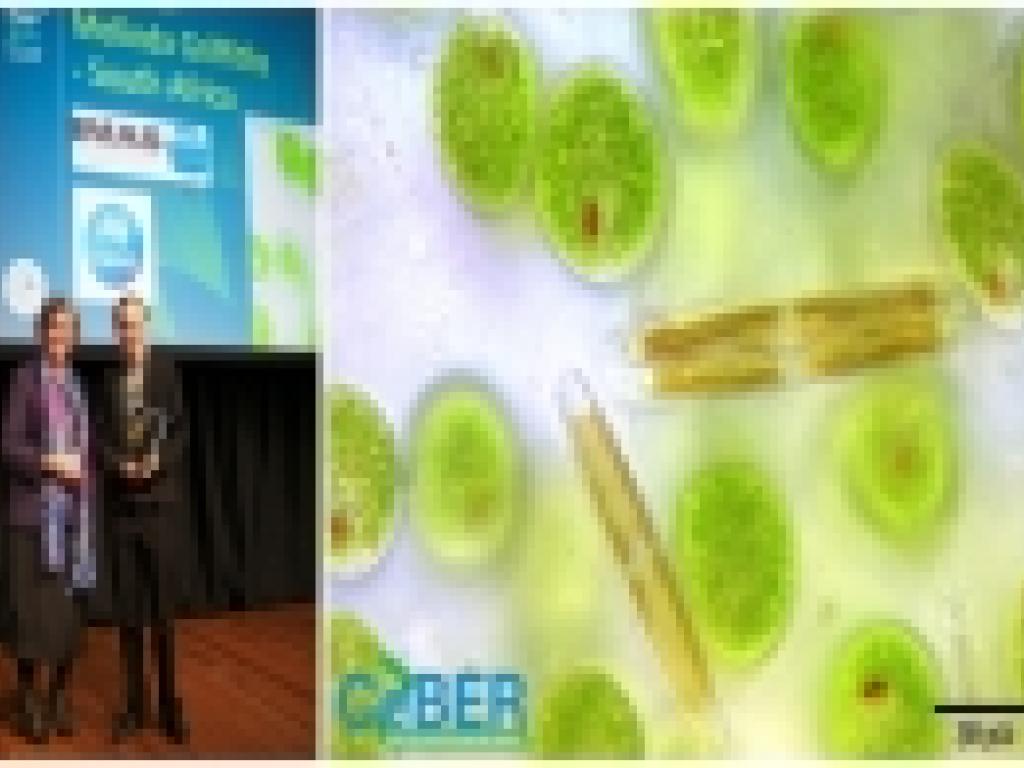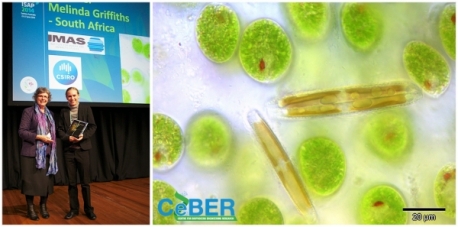CeBER attends the 5th Congress of the International Society for Applied Phycology (ISAP2014), Sydney, Australia, 22 – 27 June 2014


Report back from Dr Melinda Griffiths:
The Congress of the International Society for Applied Phycology is one of the premier academic conferences in the field of algal biotechnology. It is organised every three years in locations around the world. This year it was held in Australia for the first time, which facilitated attendance by a large number of delegates from Australia and Asia, as well as many of the top academics in micro- and macroalgal research from around the world. The novel location presented an opportunity to meet new colleagues and learn about the state-of-the-art in algal biotechnology in the Australasia geographic region.
I gave an oral presentation at the conference entitled ‘Anaerobic digestion as part of integrated algal production systems’. The talk, based on work conducted by CeBER MSc student Alister Inglesby, was well received and was followed by several questions and discussion. I met several new colleagues at ISAP 2014, and made some valuable new connections, as well as catching up with many familiar faces. I attended many fascinating presentations and read a number of interesting posters, several of which have direct relevance to the work we are doing at UCT.
I also received third prize in the photographic competition held at the congress, with the picture published with this article (microscope photograph of mixed algal cells in a pond water sample).
The conference dinner was held on a ferry in the Sydney harbor. We spent the evening cruising beneath the Sydney harbor bridge and past the opera house while dining on steak and pavlova, serenaded by a local Sydney band.
On the final day of the congress, I attended a full-day workshop entitled ‘Microalgae biodiversity resources and applications: role of culture collections’. All the algal culture collections included in the Network of Asia Oceania Culture Collections were represented at the workshop and presentations on the value of culture collections, the opportunities for networking between culture collections, the value of international databases, and the issues and challenges involved in maintaining collections were discussed.
While in Australia, I also visited several prominent algal research labs, which was extremely valuable in terms of strengthening connections, learning about the lab facilities and equipment available at the institutes visited, meeting new researchers, and raising awareness of the work we are doing at CeBER, UCT and South African algal research in general. During my trip I visited:
• Dr Navid Moheimany and his team at the Algae R&D Centre, Murdoch University, Perth, Australia
• Dr Susan Blackburn and her team at the National Algae Culture Collection, CSIRO, Hobart, Tasmania, Australia
• Prof Ben Hankamer and his team at the Solar Biofuels Research Centre, University of Queensland, Brisbane, Australia.
I would like to thank my hosts for their generous hospitality and many inspiring conversations, as well as to gratefully acknowledge the funding received in the form of an NRF KIC travel grant as well as a UCT postdoctoral travel grant which made this trip possible.
